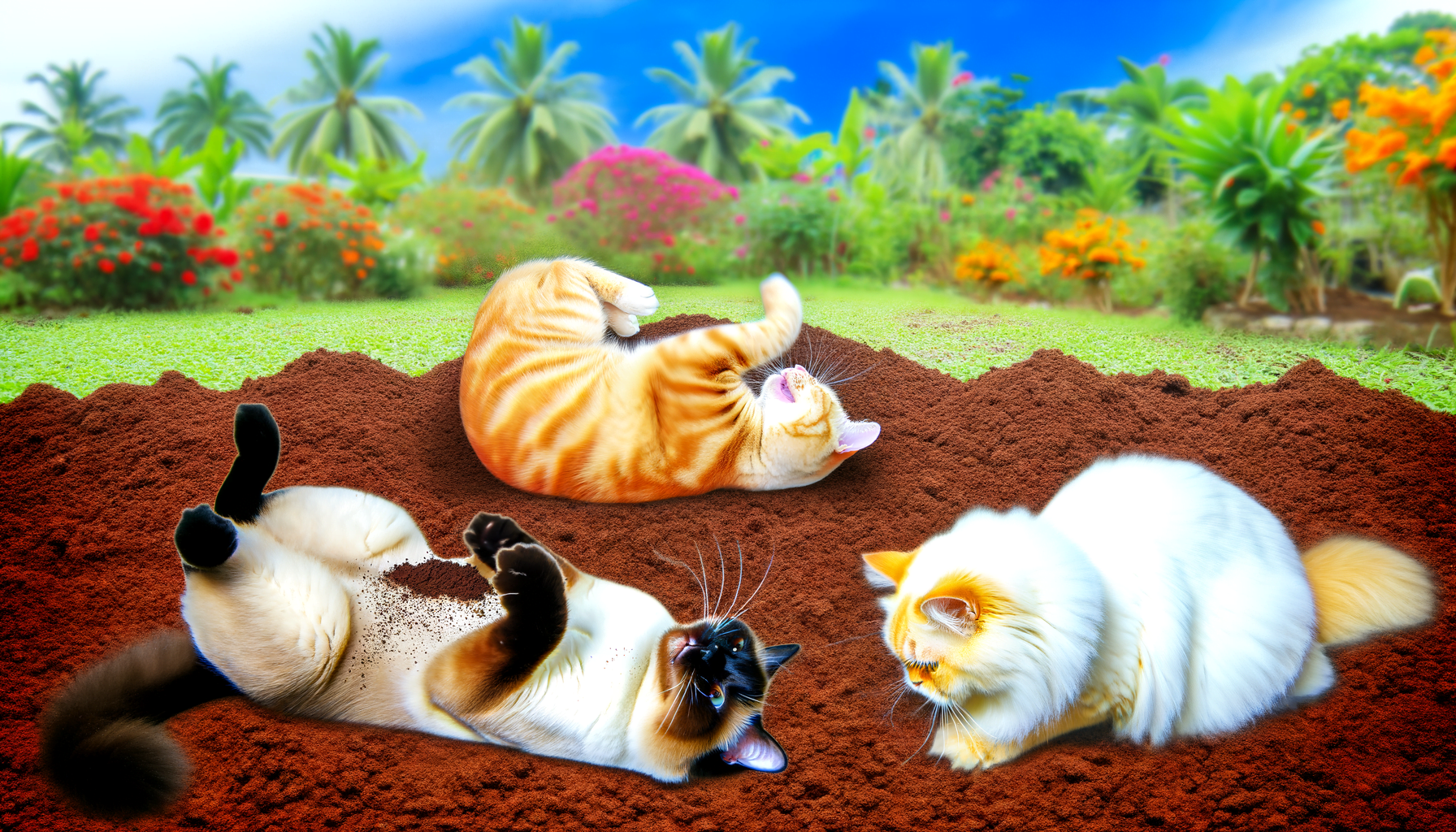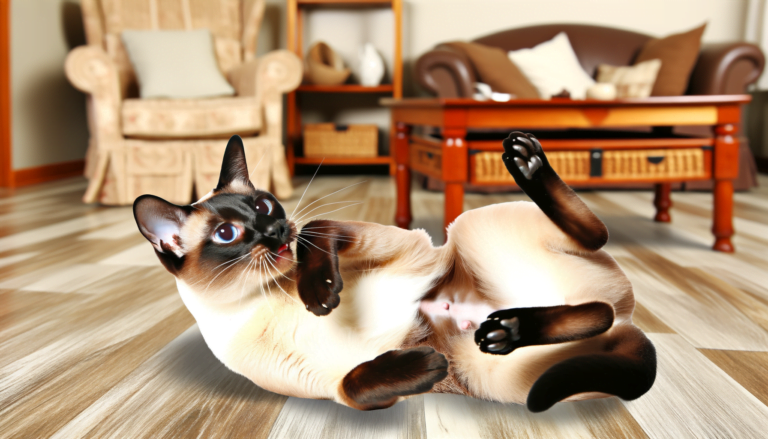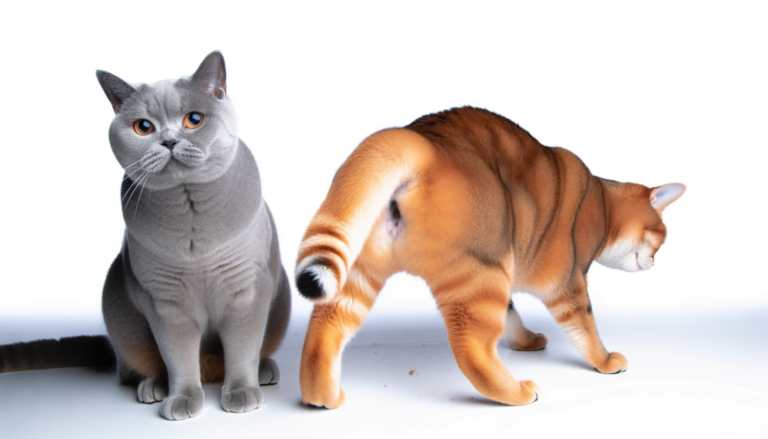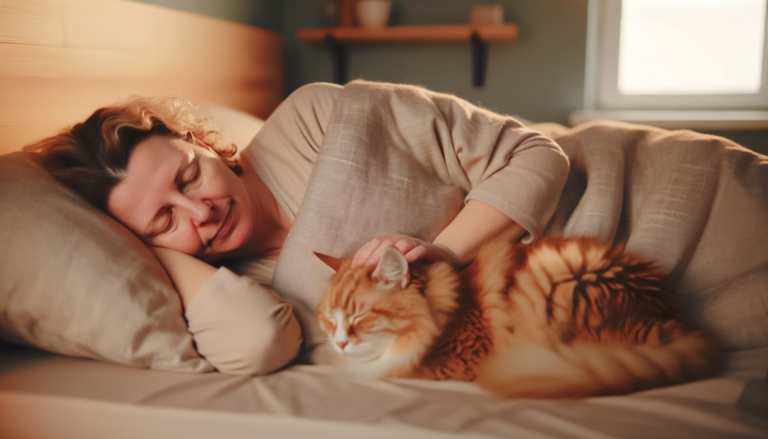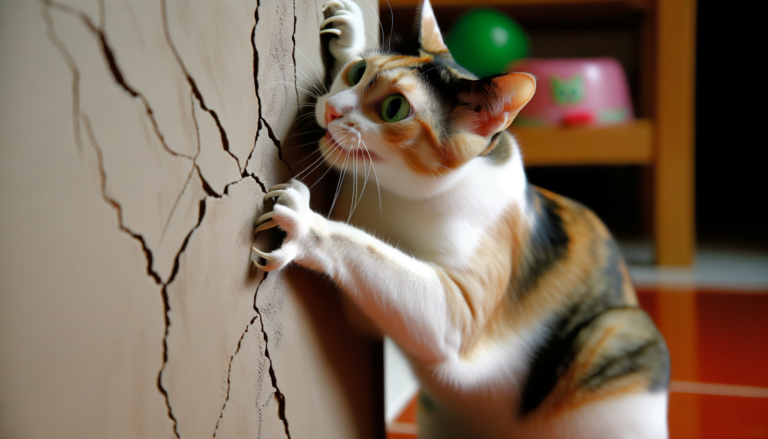Cracking the Mystery: Why Cats Love Rolling in the Dirt
Cats engage in dirt rolling, a behavior known as ‘dust bathing,’ primarily for self-grooming purposes. This seemingly odd behavior aids them in maintaining a clean and healthy coat by helping to remove parasites, dead skin cells and extra oils. Additionally, rolling in the dirt also allows cats to leave their scent as a part of marking territory, while simultaneously masking their own scent, assisting them in their natural predatory behaviors. It’s a multifaceted strategy intrinsic to their natural instincts for hygiene and survival.
The Health Benefits and Risks of Cats Rolling in Dirt
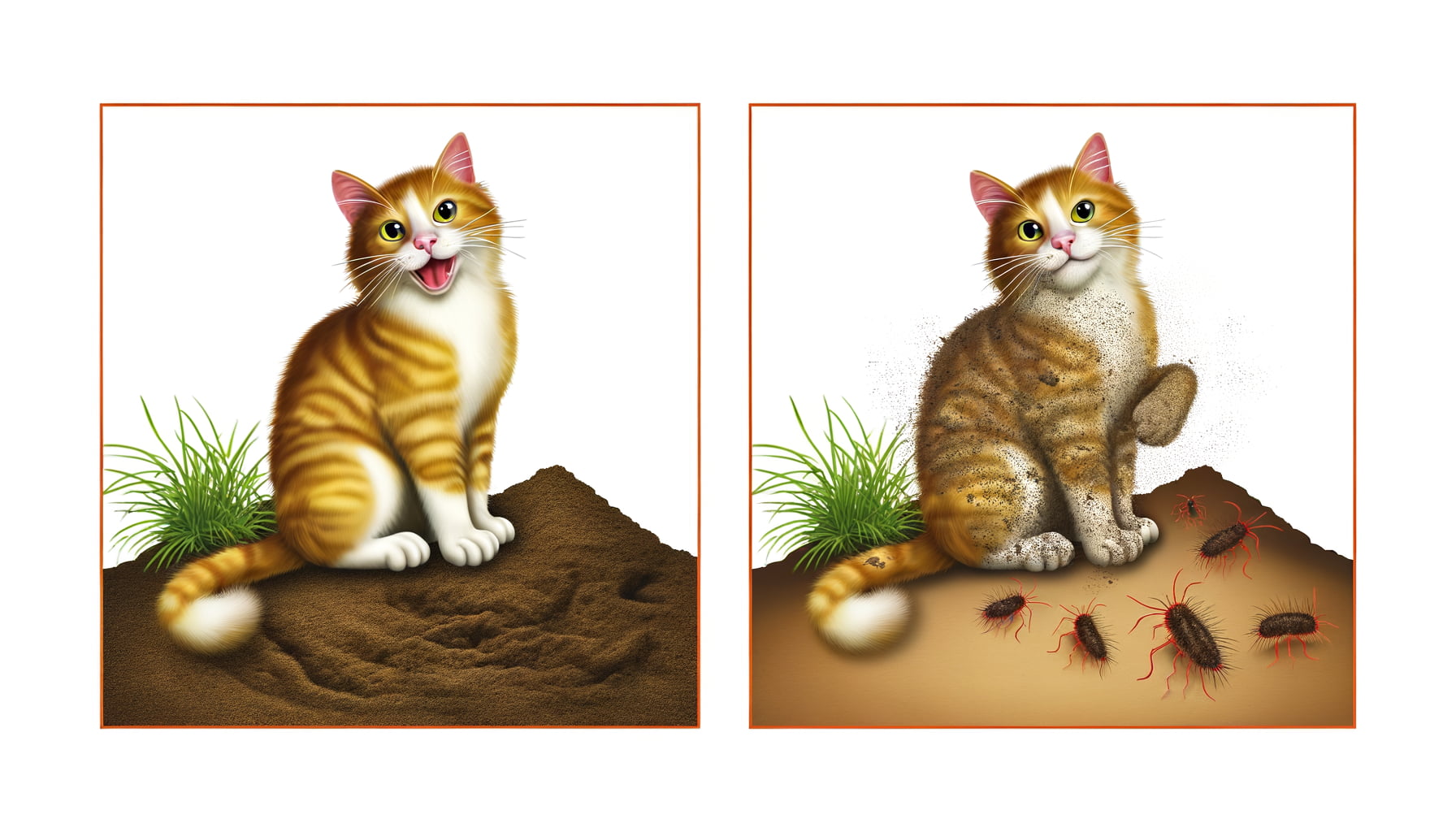
When cats revel in the dirt, they often reap immense health benefits. One of these is the opportunity to cool down. The soil beneath the warm surface layer is usually cool, and rolling in it helps the cat regulate body temperature. Dirt rolling is also a grooming method; it works as a natural abrasive, helping to remove loose hair and particles from the cat’s coat. Beyond grooming, when cats roll in dirt, they are absorbing micronutrients in the soil which contribute to their overall wellbeing.
Despite these benefits, there are risks to consider. Exposing your cat to outdoor dirt can increase the chances of picking up parasites, particularly fleas and ticks. Micro-organisms in the soil, if pathogenic, can pose a threat too, leading to fungal, bacterial, or viral infections in your cat.
Notwithstanding these risks, the positive aspects of dirt-rolling behavior should not be overlooked. An understanding of both the benefits and the potential risks ensures that you, as a cat owner, can make informed decisions about allowing or restricting this natural behavior. Always remember, any signs of illness after spending time outdoors should necessitate a prompt visit to the vet.
Exploring the Reasons Behind Cats Rolling in Dirt
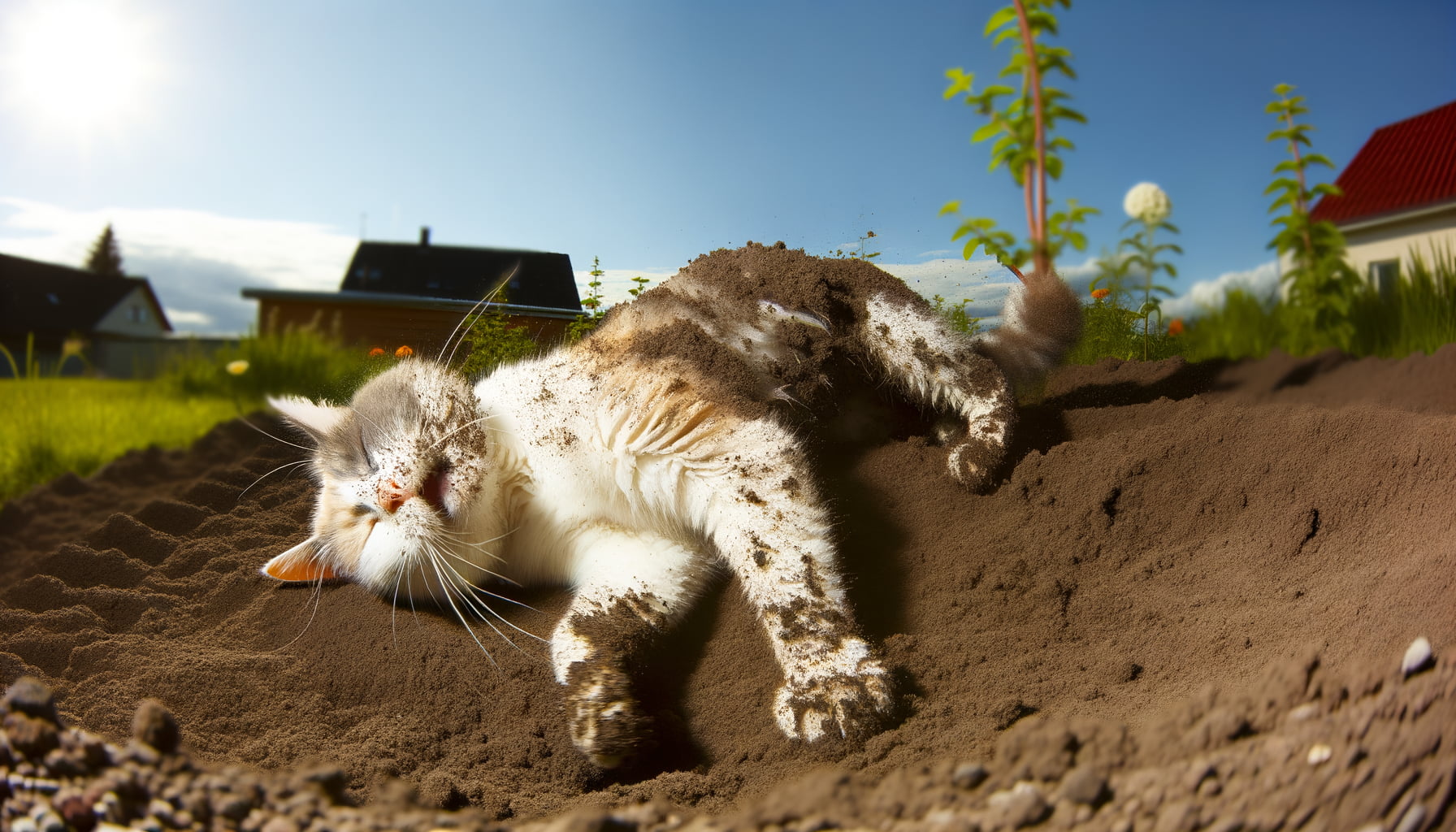
One intriguing behavior observed in our feline friends is their tendency to roll in the dirt. The orchestrating factors behind this behavior are mainly rooted in their wild ancestry. The first reason is related to territory marking. Cats, like many other animals, have scent glands in various parts of their bodies, including their cheeks, paws, and flanks. When they roll in the dirt, they are effectively transferring their personal scent onto the area, communicating their ownership to other cats.
Another compelling reason is related to hygiene. Seemingly counterintuitive, rolling in dirt can actually help cats to clean themselves. The loose soil aids in the removal of dead skin and fur. Further, some insects aren’t too keen on the scent of fresh earth, giving this behavior an added advantage as a natural pest deterrent.
Last but definitely not least, cats simply enjoy it. Rolling in the dirt is a sensory delight for cats, providing physical enjoyment from the sensation of the soil against their bodies. This fun-filled activity is not merely a random pastime, but an important and instinctive behavior inherited from their wild ancestors.
Understanding Cat’s Natural Instincts
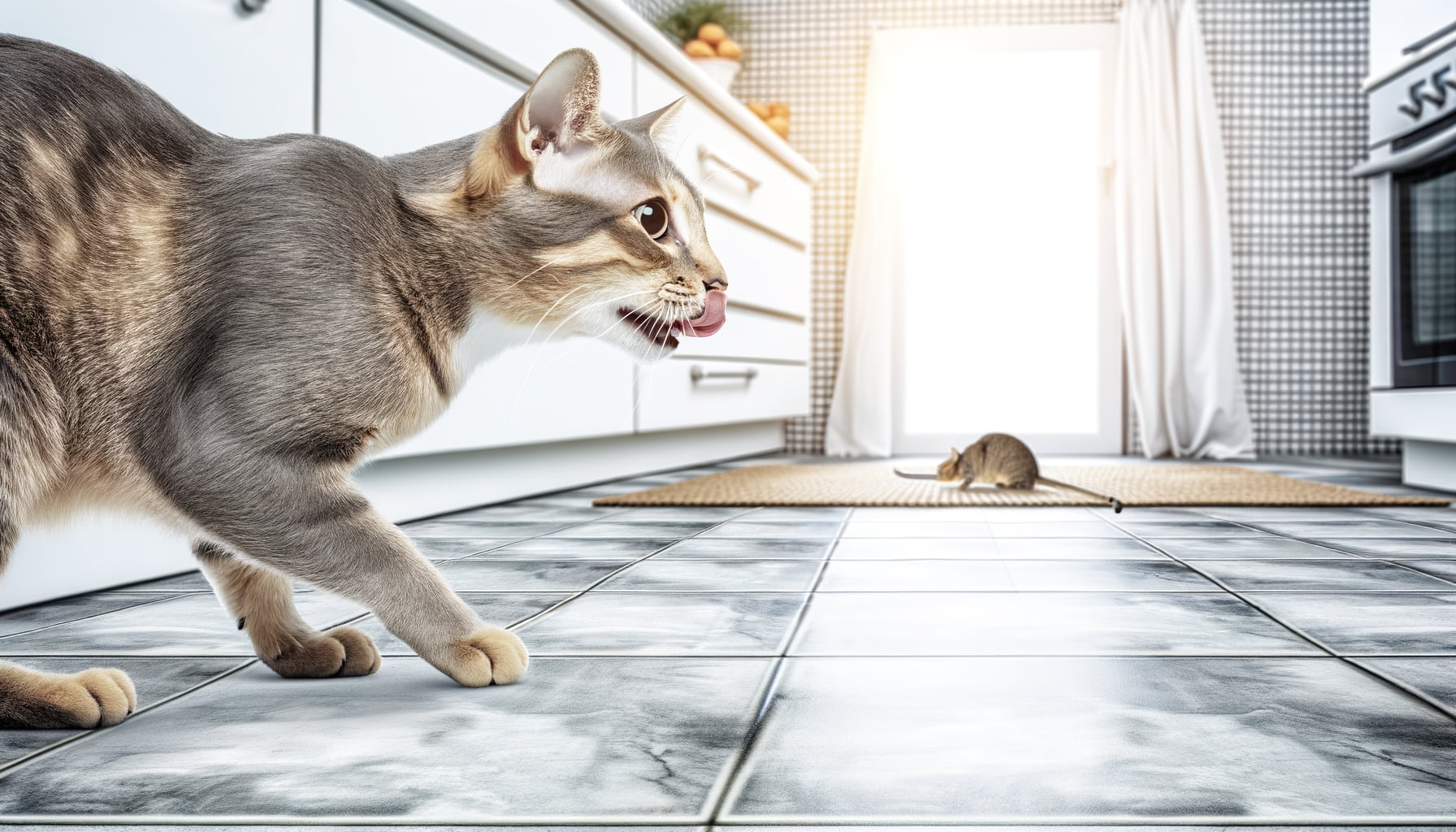
As feline enthusiasts, understanding our pet’s natural instincts is vital to establishing a connection with them. A fascinating aspect of a cat’s natural instinct is its affinity towards rolling in the dirt. This behavior, often puzzling to us, traces back to the cat’s ancestors in the wild.
Unrestrained by domestic life, wild cats had to rely on their instincts for survival. Rolling in the dirt is a part of these inherited behaviors. The act has a variety of purposes, from marking territory to self-grooming. Observing your pet cat indulging in a dirt roll offers an intriguing insight into its ancestral lineage.
Moreover, this habit may also be interpreted as a way for cats to cool down. The coolness of the soil acts as a natural temperature regulator, proof of the innate wisdom our feline friends possess. Clearly, the dirt-rolling behavior is a multifaceted trait embedded deeply in a cat’s nature.
How to Manage Your Cat’s Dirt-Rolling Behavior
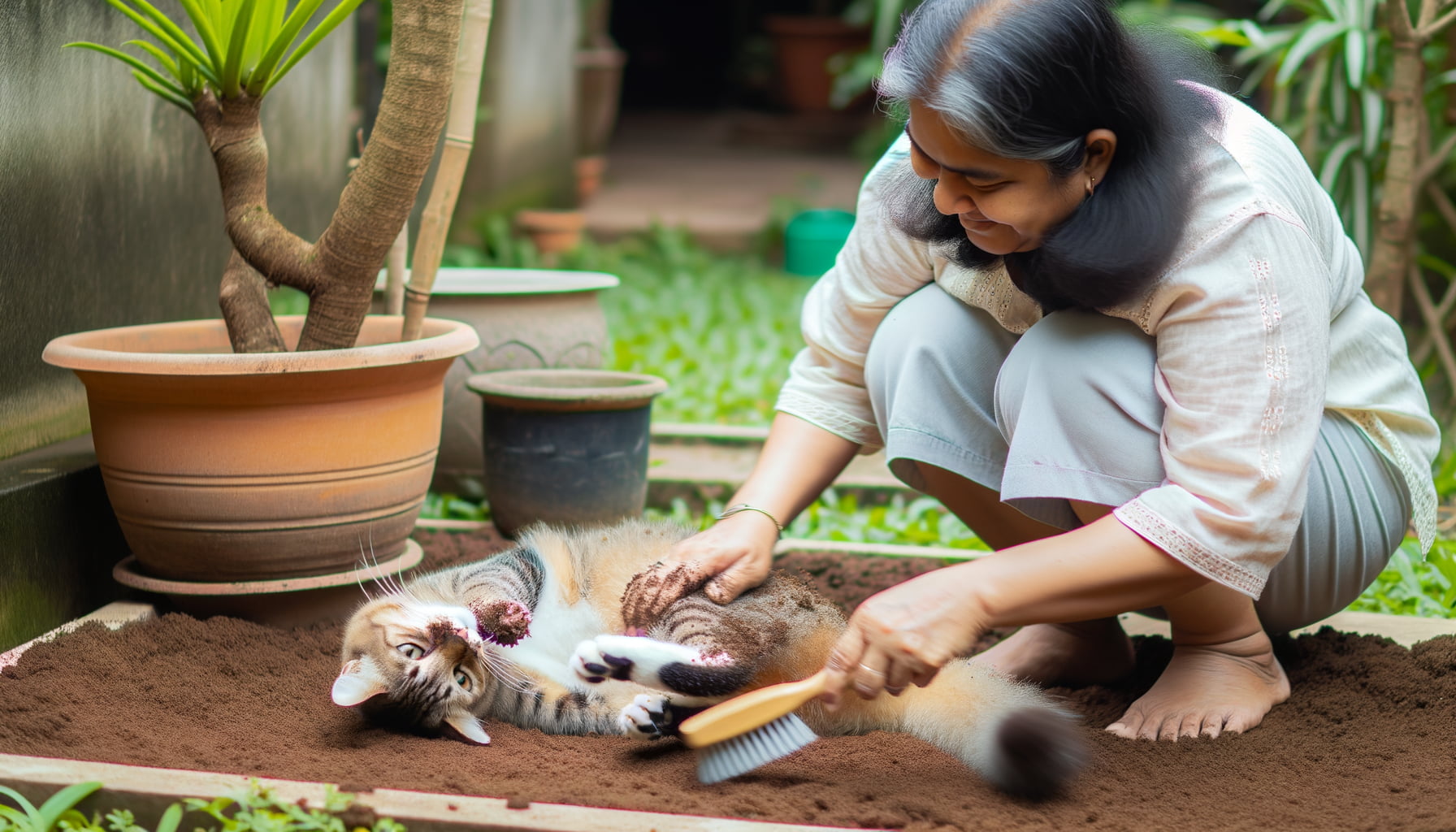
The management of your cat’s predilection for dirt-rolling begins with understanding and acceptance of this innate feline behavior. However, efforts can be made to ensure this doesn’t negatively affect the cat’s hygiene or health. One method involves setting a designated ‘dirt area’ in your garden, kept clean and free from potential hazards. This provides a safer environment for your cats to indulge their instinctual rolling.
Indoors, a high-quality pet bed can be a comfortable alternative to a dirt floor. With the right amount of comfort and safety, it may become your cat’s preferred rolling spot. Add toys, engage in playful activities, or even use catnip to make the spot more appealing. Regular grooming can also help maintain cleanliness while allowing you to monitor for skin conditions often masked by dirt.
It’s important to note that if the dirt-rolling behavior becomes excessively frequent or obsessive, it could potentially signify a health issue. Unusual behavior patterns combined with apparent discomfort or pronounced changes in habit should warrant a visit to a professional veterinarian for guidance and consultation.
Conclusion
In conclusion, the mystery of why cats love rolling in the dirt may never be fully solved. However, through exploring their natural instincts and behaviors, we can gain a better understanding of this curious phenomenon. Whether it be for scent-marking, cooling off, or simply enjoying the sensation, one thing is for sure – cats will always find joy in the simple pleasures of life.
So next time you see your feline friend indulging in a dirt bath, remember that it’s all part of their unique charm and personality. Embrace their quirks and celebrate the wonderful mystery that is the love of cats for rolling in the dirt.
